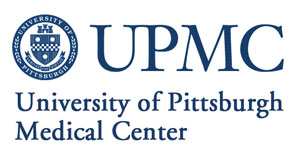Exercise Cardiac Magnetic Resonance Imaging Accuracy for Cardiovascular Stress Testing
| Status: | Active, not recruiting |
|---|---|
| Conditions: | Peripheral Vascular Disease, Cardiology |
| Therapuetic Areas: | Cardiology / Vascular Diseases |
| Healthy: | No |
| Age Range: | 18 - Any |
| Updated: | 4/21/2016 |
| Start Date: | August 2010 |
| End Date: | December 2016 |
An In-state Multi-center Evaluation of Treadmill Exercise Stress Cardiac Magnetic Resonance
This study is being done to demonstrate a powerful new method for detecting heart disease
that combines the proven prognostic capability of exercise stress testing with the superior
image quality of Cardiac Magnetic Resonance Imaging (CMR). The investigators hope to
demonstrate that exercise CMR has equivalent or superior diagnostic accuracy compared to
exercise stress SPECT for detecting obstructive artery disease.
that combines the proven prognostic capability of exercise stress testing with the superior
image quality of Cardiac Magnetic Resonance Imaging (CMR). The investigators hope to
demonstrate that exercise CMR has equivalent or superior diagnostic accuracy compared to
exercise stress SPECT for detecting obstructive artery disease.
Inclusion Criteria:
- any patient referred for stress SPECT
- known or suspected ischemic heart disease
- ability to perform adequate treadmill stress
Exclusion Criteria:
- any contraindication to MRI (e.g. ferromagnetic foreign body, cerebral aneurysm clip,
pacemaker/ICD, severe claustrophobia)
- renal insufficiency (GFR < 40)
- known allergy to gadolinium-based contrast or iodinated contrast (because of the
research CTA in patients not referred for cath after 2 weeks)
We found this trial at
3
sites
Ohio State University The Ohio State University’s main Columbus campus is one of America’s largest...
Click here to add this to my saved trials
Click here to add this to my saved trials
University of Pittsburgh Medical Center UPMC is one of the leading nonprofit health systems in...
Click here to add this to my saved trials

